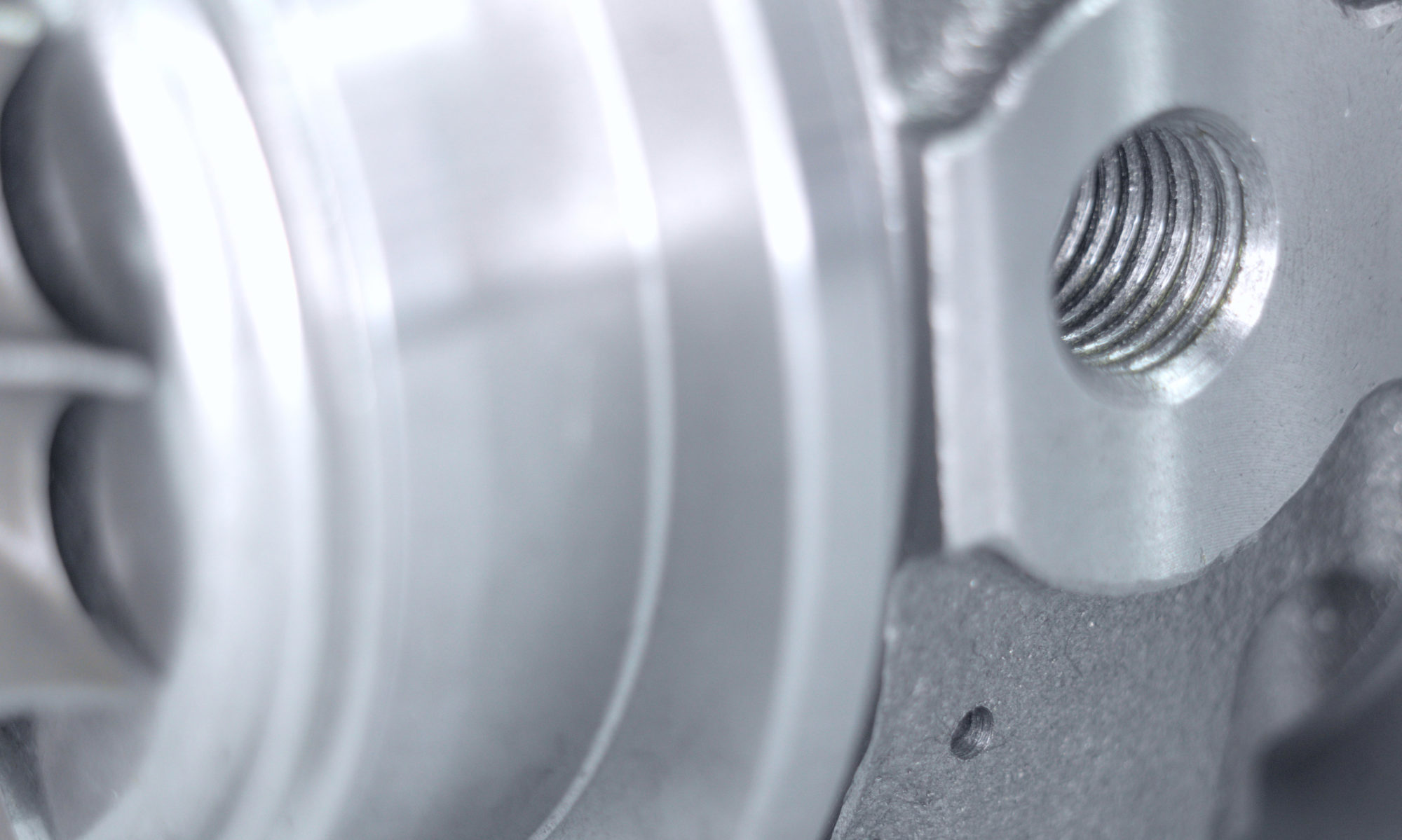Principles of Design
How a turbo works are down to the principles of design. This series of articles will attempt to explain the principles of those designs.
A turbocharger consists of a turbine and a compressor linked by one shared and central axis. The turbine inlet receives exhaust gases from the engine exhaust manifold causing the turbine wheel to rotate. This rotation drives the compressor, compressing ambient air and delivering it to the air intake of the engine.
The Objective of how a turbo works
The objective of a turbocharger is to improve upon the size-to-output efficiency of an engine by solving for one of its cardinal limitations. A naturally aspirated car engine uses only the downward stroke of a piston to create an area of low pressure in order to draw air into the cylinder. Since the number of air and fuel molecules determines the potential energy available to force the piston down on the combustion stroke, and because of the relatively constant pressure of the atmosphere, there ultimately will be a limit to the amount of air and consequently fuel filling the combustion chamber. This ability to fill the cylinder with air is its volumetric efficiency. Since the turbocharger increases the pressure at the point where air is entering the cylinder, and the amount of air brought into the cylinder is largely a function of time and pressure, more air will be drawn in as the pressure increases. The intake pressure, in the absence of the turbocharger determined by the atmosphere, can be controllably increased with the turbocharger.
Application of how a turbo works
The application of a compressor to increase pressure at the point of cylinder air intake is often referred to as forced induction. Centrifugal superchargers operate in the same fashion as a turbo; however, the energy to spin the compressor is taken from the rotating output energy of the engine’s crankshaft as opposed to exhaust gas. For this reason turbochargers are ideally more efficient, since their turbines are actually heat engines, converting some of the kinetic energy from the exhaust gas that would otherwise be wasted, into useful work. Superchargers use output energy to achieve a net gain, which is at the expense of some of the engine’s total output.

If you found this article interesting, we are sure will enjoy
part 3 of How a Turbo Works.
Found the answer you were looking for… take a look at our eBay store to purchase the equipment you need. Click here to go to our eBay store

